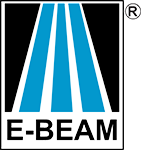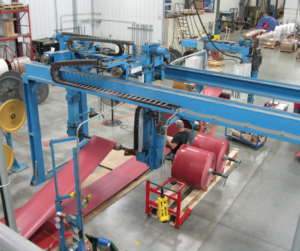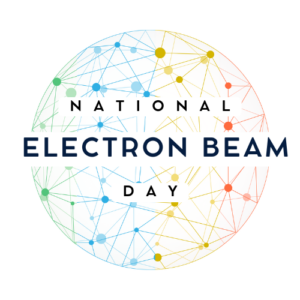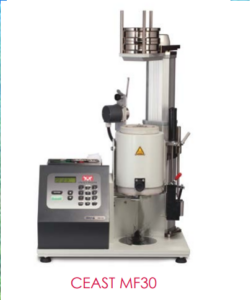
Nuclear reactors and radioactive materials play an important part in our society, such as the use of radioisotopes for medical treatments and the production of carbon-free energy. But using radiation in a safe and beneficial manner requires a deep understanding of the materials involved and their potential reactions to radiation.
Shielding materials for medical isotopes and the materials used in nuclear reactors must withstand the continuous exposure of radiation – without performance failures.
So how do you go about testing these materials?
With e-beam, of course!
Radiation emitted by radioisotopes often consists of beta particles and photons. The beta portion can be simulated with e-beam.
The use of medium-voltage electron beams is a powerful tool in these applications, as they enable the simulation of constant high radiation exposure while using the same energy levels (as the MeV is adjustable to your needs) that such materials would be exposed to.
The variable dose rate ability of medium-voltage electron beams also enables year-long reactor exposures to be simulated in a matter of days or even hours.
How does a high-dose experiment work?
- Set up a call with a Tech Service rep to discuss a protocol.
- Samples are then sent to us at E-BEAM Services.
- The samples are positioned for static processing, where they are exposed to a shower of electrons.
- The samples receive a dose in megarads (Mrad) in days or even hours that simulate what the materials would see in a year of normal use.
Want to learn more? Here at E-BEAM Services, our team of experts and highly trained professionals are available to assist nuclear plants, labs, and other facilities in meeting their testing needs. Contact us to discuss your particular product needs.



